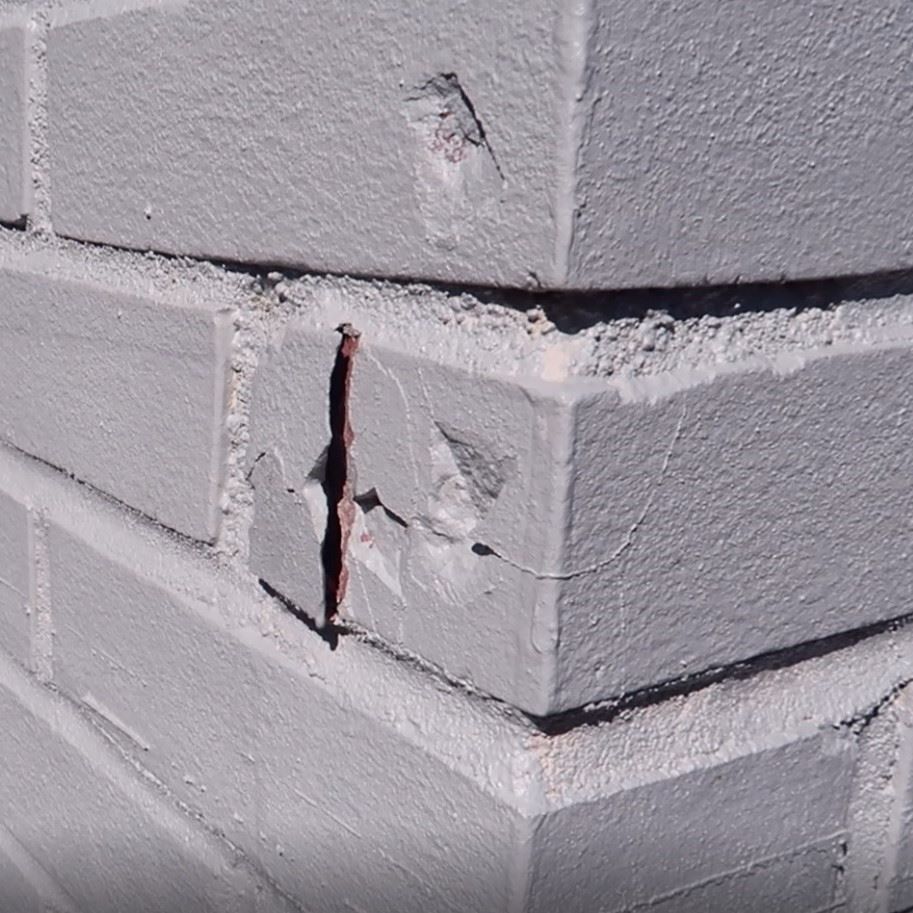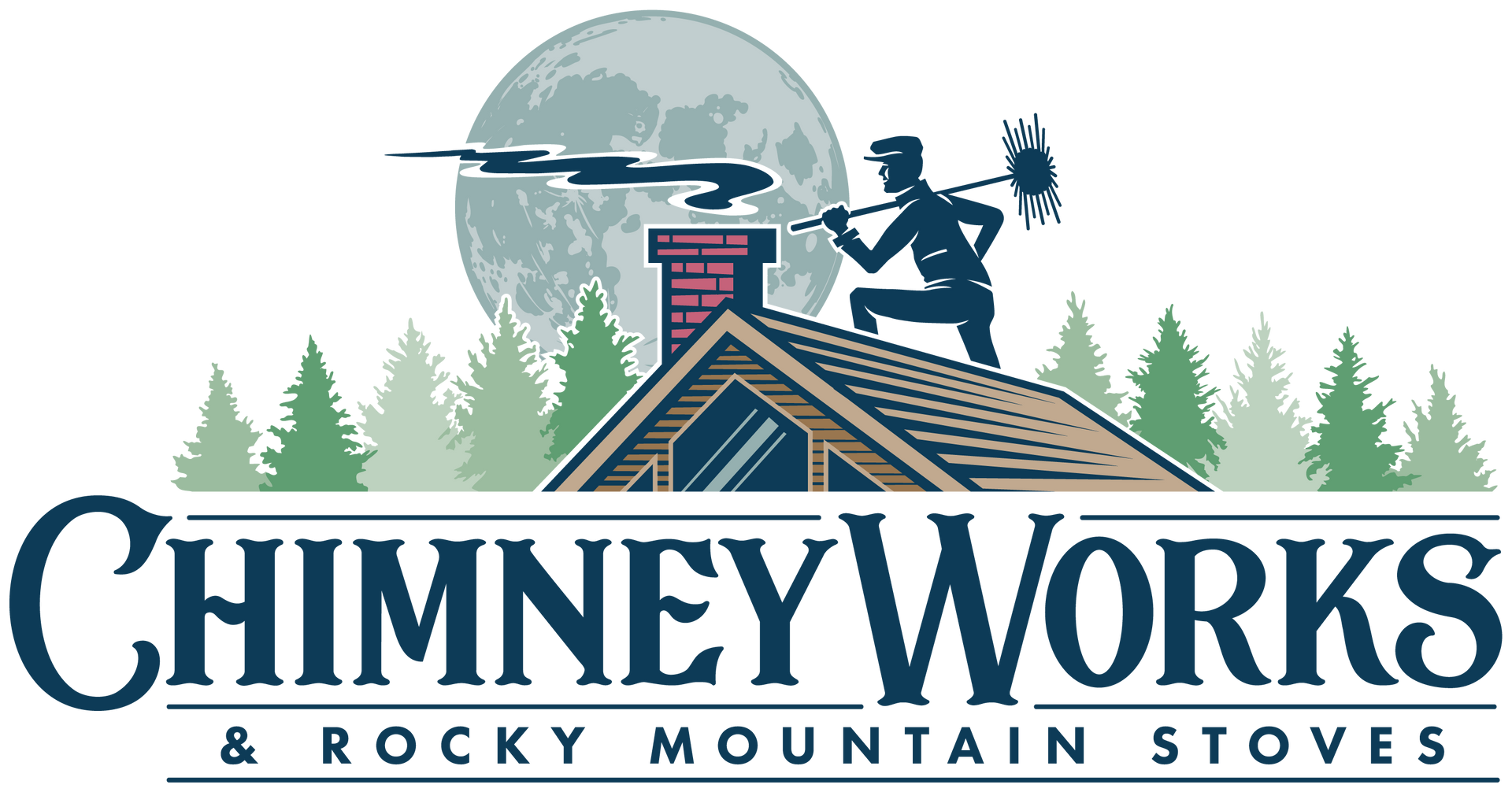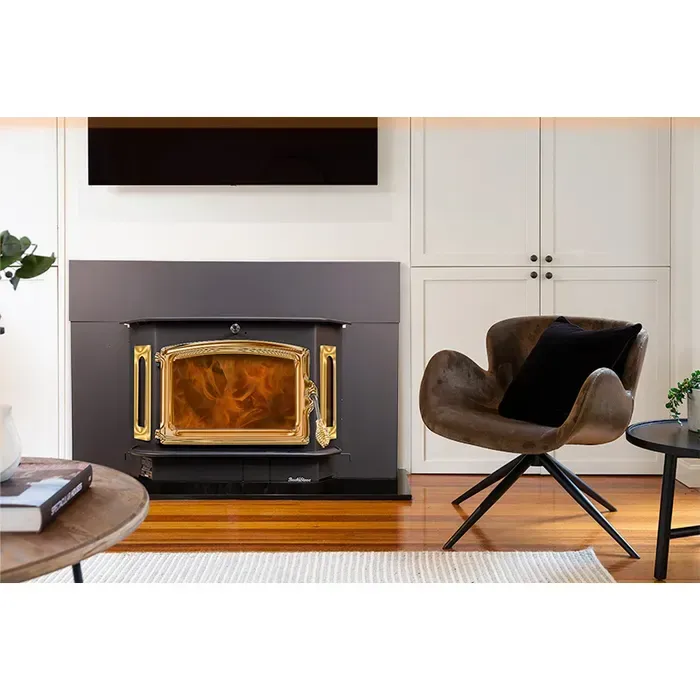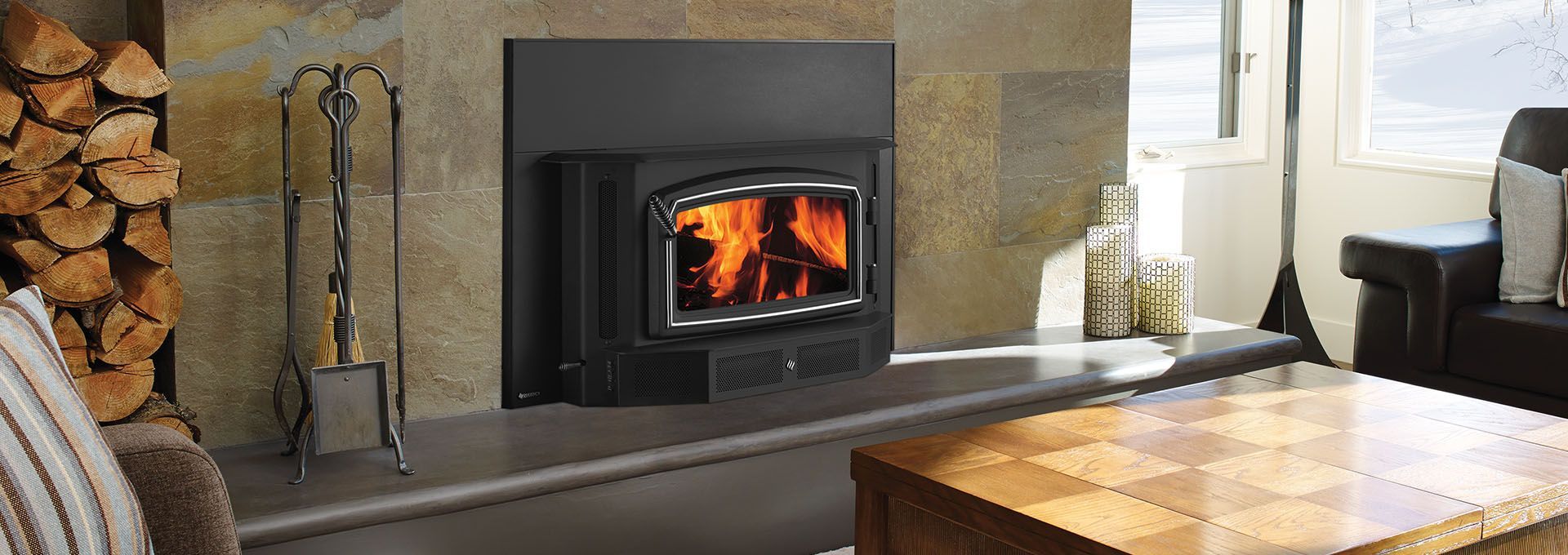Painting Exterior Brick And Chimneys

We see a lot of painted chimneys on a regular basis. Homeowners with a DIY attitude will roll up their sleeves, pick out the best exterior paint money can buy, select high-quality brushes and rollers, and go to town painting their exterior bricks. And you know what? It looks great, at least for a little while. But what many homeowners may not understand is they are trapping moisture in their exterior brick when they paint it.
Bricks Hold Water
Even the best-sealed chimney will still allow some water in. Mortar and concrete are porous, which means they have pores that will allow water in through moisture in the air, rain, and snow. Once that water is inside, it needs to have a way out. Depending on the type of brick, a whopping 7-35% of its mass can be from water absorption. Most modern bricks used in construction are on the lower end of that scale, but even a brick that has 7% of its mass from water saturation is pretty amazing.
Painting Bricks Traps Water In
“In theory, paint is of course waterproof, impermeable. And so in theory it’s a perfect product to keep water out. But in reality, it is not a good fix to keep water out.
The water inside brick doesn’t go away until it evaporates or dries up. It seems like a really good idea to apply a water-impermeable barrier like paint to bricks so that you can stop water from ever entering, but the problem is that you are effectively trapping the water behind the paint, leaving it no room to escape. No matter how well you seal a chimney, water will always find a way in, so it doesn’t matter if your exterior brick is bone dry when you paint it. Painting a chimney to stop water from entering is a good theory, but even the best exterior paint is not the right tool for the job. A better alternative would be a vapor-permeable sealant that helps keep water out while allowing the water to escape as it evaporates.
So Water Is Trapped In My Brick. Why does that matter? Bricks Are Tough.
Everything will be fine until the weather starts cycling from freezing to above freezing. Depending on which part of the country you are in, this can happen almost every day for the majority of the cold season. This is called the freeze-thaw cycle , and this is where painting exterior bricks and chimneys becomes a bad idea. Once that water or water vapor is trapped behind a beautiful layer of paint, it will freeze, expand, exert pressure on your bricks, causing them to spall or crack. With more water entering and none escaping, a painted brick will deteriorate at a much faster rate than an unpainted one. Yes, an unpainted brick still suffers from the freeze-thaw cycle, but the key to giving your exterior brick a longer life is limiting the water that saturates bricks, while still allowing water vapor to get out.
Alternatives To Painting Bricks
One option is contacting a reputable brick staining company. Yep, you heard me right – you can stain bricks to change their color. Let them know your concerns about trapping moisture inside the bricks to ensure they use a top-quality brick stain that will allow your bricks to breathe out water vapor. Even if you decide to forgo the color changes, you will definitely want to seal your bricks with a vapor-permeable brick sealant like ChimneySaver. Remember, limit water going in while allowing water vapor to go out, and your chimney can last you a lifetime.
My bricks are already painted Can I remove paint from my exterior brick?
This will be a challenge, but we have seen it done using a combination of patience and chemical strippers. If you get too aggressive with removing paint from a chimney, you could very well do more harm than good. Many chimneys are painted so that a new home buyer won’t notice the terrible condition of a chimney. Some chimneys may have been fine when they were first painted, but now several layers of paint are hiding extremely weak, crumbly masonry that has been saturated over the years. As you peel back a layer of paint, you may find the brick’s face comes with it. If you attempt to pressure wash or wire brush the chimney, you may end up with rubble over your roof wondering what the next steps are. Unless your brick is in excellent condition, you are likely looking at a rebuild of your chimney. This is not true in all cases, so please consult a professional.
The post Painting Exterior Brick And Chimneys appeared first on Chimney Works & Rocky Mountain Stoves.
Search the Outpost





